I'm creating a dead simple motor driver:

simulate this circuit – Schematic created using CircuitLab
I apologize for any mistakes in the schematic, I tried to portray the motor as it's equivalent components in the editor but I don't really know what the actual values for them should be. It is a 36V ~25A motor.
I'm planning the frequency of the PWM signal to be 22kHz.
I learned that there come a bunch of problems when you start switching FETs fast such as voltage spikes, increased current consumption for energizing the gates, something about capacitance between gate and source which I don't fully understand and possibly more.
To tackle all of those I should use a MOSFET driver IC. I found TC4420 which has a continuous output current of about 1.5A which should be well above what those gates will waste. Is it possible to use a single TC4420 IC to control all 8 FETs?